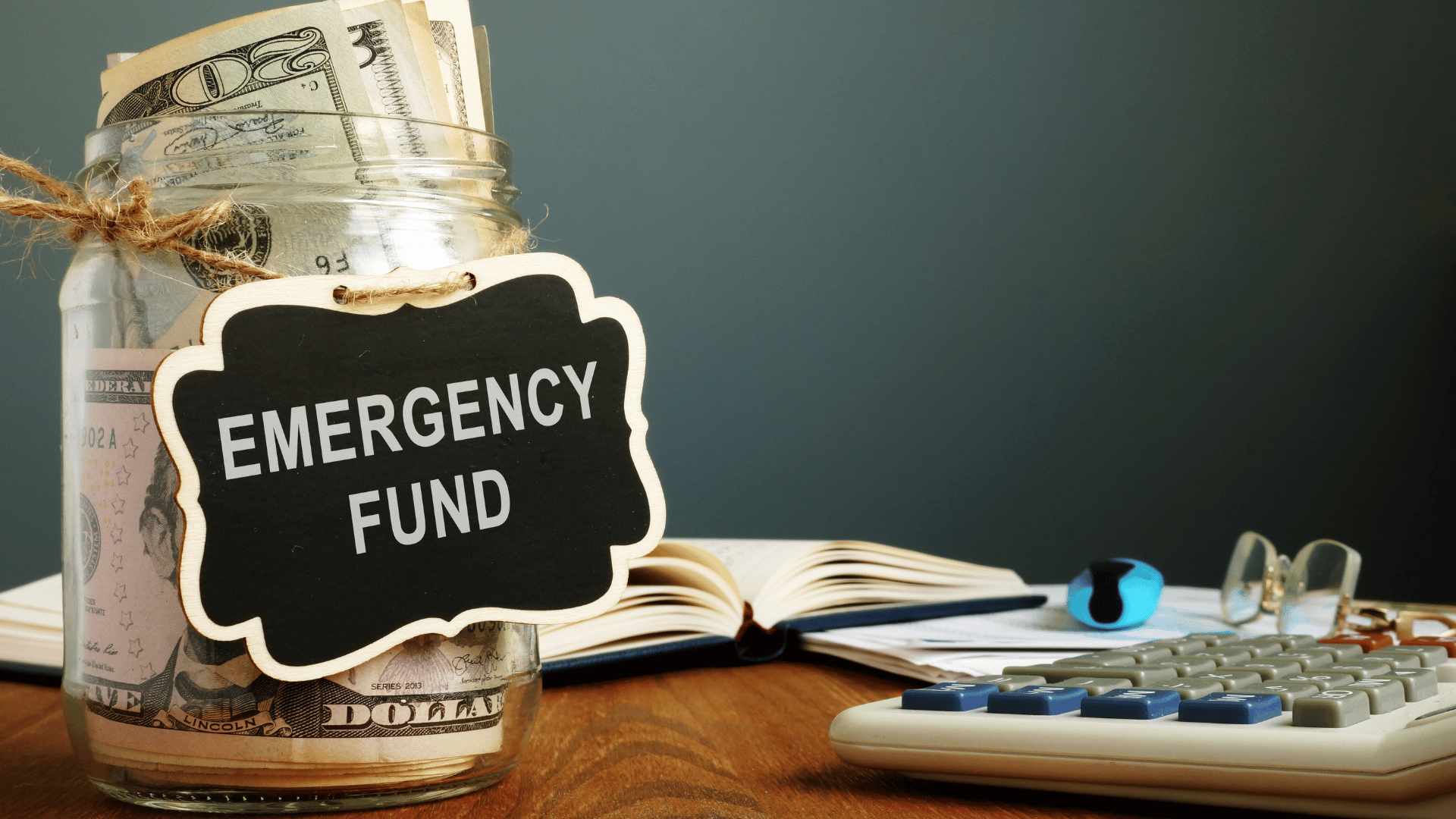An emergency fund is a sum of money set aside for unexpected expenses or emergencies, such as medical bills, car repairs, or job loss. The purpose of an emergency fund is to provide a financial safety net so that you can cover unexpected expenses without having to rely on credit cards, loans, or other forms of debt. Having an emergency fund is an essential part of financial planning, as it can help you avoid financial stress and protect you from financial hardship in times of need.
Building an emergency fund is an important step in achieving financial stability. Here are the steps you can take to build your emergency fund:
Determine your monthly expenses.
Determining your monthly expenses is an important step in building your emergency fund because it gives you a clear understanding of how much money you need to set aside to cover your necessary expenses in case of an emergency.
Here's a list of monthly expenses that you may want to consider when creating a budget:
- Rent/mortgage
- Utilities (electricity, gas, water, internet, and cable)
- Food (groceries, dining out)
- Transportation (gas, car payment, public transportation, ride-sharing services)
- Insurance (car, health, home, life)
- Debt payments (credit cards, loans)
- Personal care (toiletries, haircuts, beauty treatments)
- Entertainment (movies, concerts, sports events)
- Clothing and accessories
- Gifts and charitable donations
- Miscellaneous expenses (home repairs, pet expenses, subscriptions, etc.)
Keep in mind that this list may vary depending on your lifestyle and personal circumstances. It's important to track your expenses and determine what your necessary expenses are so that you can create an accurate budget and save for your emergency fund accordingly.
By creating a list of your monthly expenses, you can see where your money is going and identify areas where you can potentially cut back on spending to increase your savings. This can also help you create a realistic budget that includes regular contributions to your emergency fund.
In addition, knowing your monthly expenses can help you determine how much money you need to have saved in your emergency fund to cover your expenses in case of a job loss or unexpected expense. The general rule of thumb is to save 3-6 months' worth of expenses in your emergency fund, but this can vary depending on your personal circumstances.
Overall, determining your monthly expenses is an important step in securing your financial future and preparing for unexpected emergencies.
Decide on your emergency funds.
While the general recommendation is to save 3-6 months' worth of expenses in your emergency fund, the actual amount you need to save may vary depending on your individual circumstances.
For example, if you have a stable job with a reliable income and no dependents, you may be able to get away with saving less than 3-6 months' worth of expenses. On the other hand, if you have dependents or are self-employed with a variable income, you may need to save more than six months' worth of expenses to provide a sufficient financial cushion.
Additionally, if you have specific health issues or other potential risks that could impact your financial stability, such as an ongoing medical condition or a high-risk job, you may need to save even more to ensure that you're prepared for any unexpected expenses that may arise.
Ultimately, the amount you need to save in your emergency fund will depend on your unique situation. It's important to assess your individual needs and make a plan that works best for you.
Choose Where to Keep Your Emergency Fund
When it comes to storing your emergency fund, it's important to keep it in a separate account that's easily accessible but not easily spent on non-emergency expenses.
Savings accounts and money market accounts are both good options for storing your emergency fund, as they are typically low-risk and offer relatively high interest rates compared to a regular checking account. You may also want to consider opening a separate checking account specifically for your emergency fund so that you can easily access the funds when needed but still keep them separate from your regular spending account.
The key is to make sure that your emergency fund is easily accessible in case of an emergency, but not so easily accessible that you're tempted to dip into it for non-emergency expenses. By keeping your emergency fund separate from your regular checking account and other savings, you can ensure that you're prepared for unexpected expenses without compromising your long-term financial goals.
Set up an automatic savings account.
By setting up automatic transfers from your checking account to your emergency fund account, you can make sure that you're regularly contributing to your emergency fund without having to remember to do so manually.
Many banks and financial institutions offer this service, allowing you to set up automatic transfers on a weekly, biweekly, or monthly basis. You can choose the amount that you want to transfer each time based on your budget and savings goals.
This method can help you develop good savings habits and make sure that you're building your emergency fund over time. By making savings automatic, you can also help avoid the temptation to spend money on non-emergency expenses.
Overall, setting up automatic transfers is a simple and effective way to make sure that you're consistently saving for unexpected expenses and building a strong financial foundation.
Make it a priority.
Emergencies can happen at any time, and having a well-funded emergency fund can help you weather unexpected financial challenges without going into debt.
To make sure that you're contributing regularly to your emergency fund, it's important to include it in your budget as a non-negotiable expense. Treat your contributions to your emergency fund as you would any other bill or expense, and make sure to set aside money for it on a regular basis.
As we discussed earlier, setting up automatic transfers from your checking account to your emergency fund account can be a great way to make sure that you're consistently contributing to your emergency fund without having to think about it.
Remember, building an emergency fund takes time and effort, but it's an important step in achieving financial security and peace of mind. By making your emergency fund a priority and consistently contributing to it, you can ensure that you're prepared for unexpected expenses and able to navigate financial challenges with confidence.
Regarding opening a new bank account, it's not necessary to open a new one specifically for your emergency fund. You can use your existing savings or checking account to hold your emergency fund. However, opening a separate account may make it easier to keep your emergency fund separate from your regular expenses.
As for how much to save, the general rule of thumb is to save 3-6 months' worth of expenses. However, the actual amount you should save will depend on your personal situation, such as your job stability, family responsibilities, and health issues. It's important to assess your individual needs and determine the appropriate amount to save for your emergency fund. In the Philippines, it is generally recommended to have at least six months' worth of expenses saved up for emergencies.
For more information on Vista Residences, email [email protected], follow @VistaResidencesOfficial on Facebook, Twitter, Instagram, and YouTube, or call the Marketing Office at 0999 886 4262 / 0917 582 5167.










